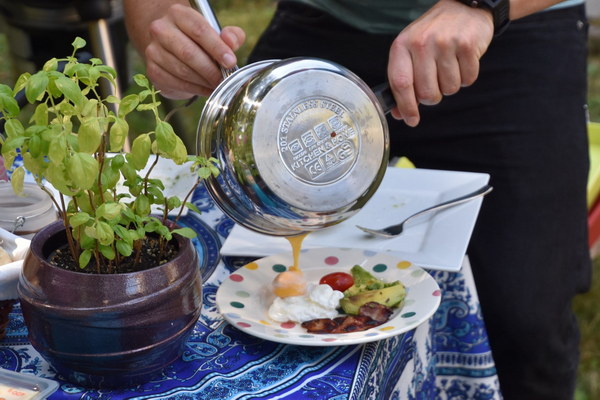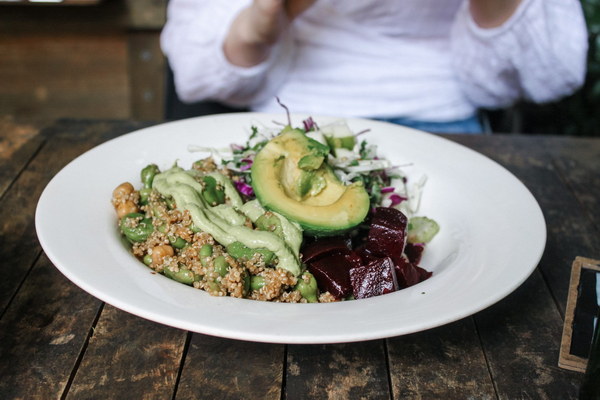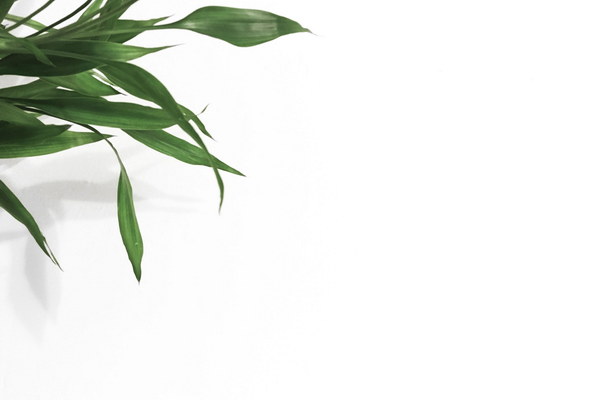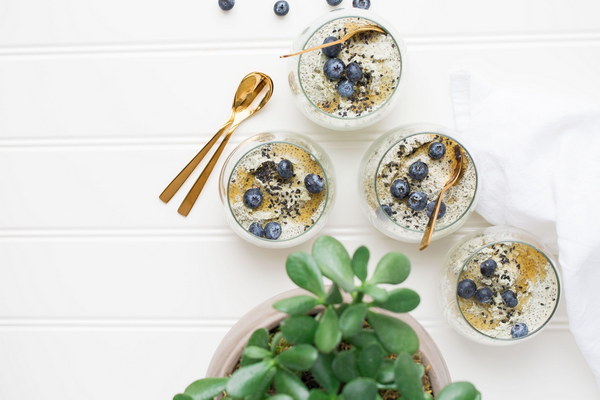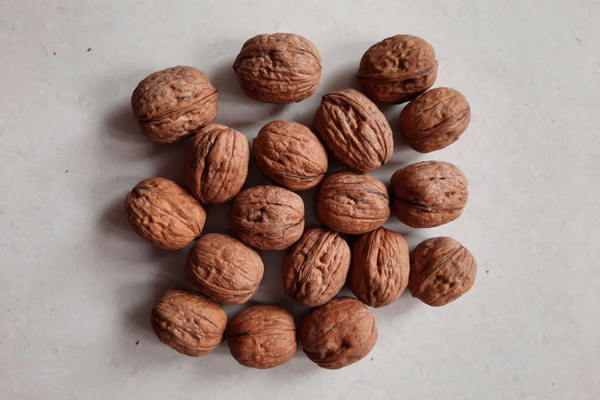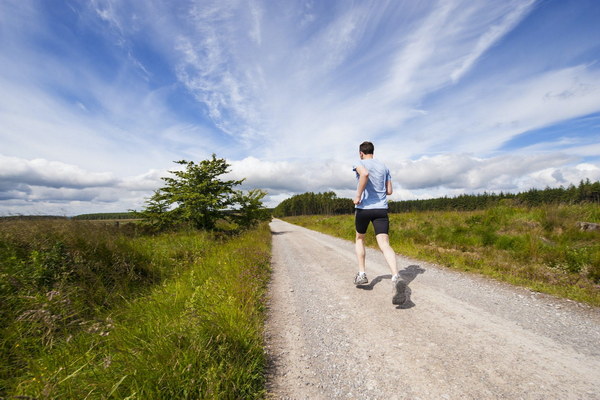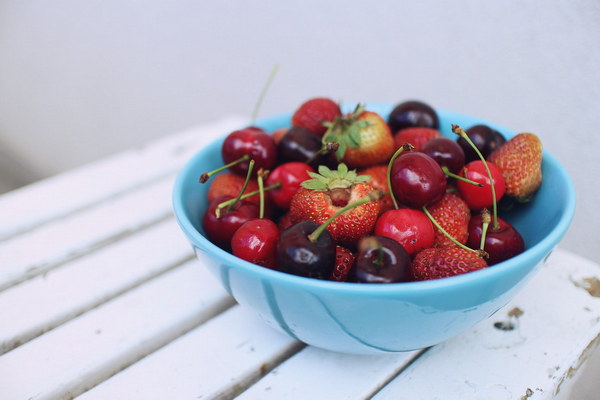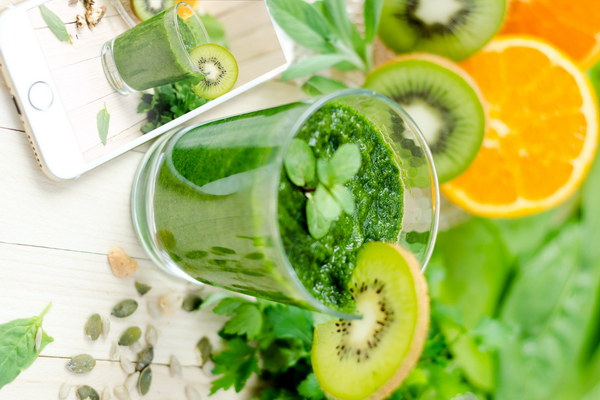Comprehensive Guide to Head Therapy and Gua Sha Techniques A Step-by-Step Illustration Guide
Head therapy and Gua Sha are ancient Chinese healing practices that have been used for centuries to promote health and wellness. This comprehensive guide will provide you with a step-by-step illustration of the order in which these techniques are typically performed. By following these instructions, you can experience the benefits of these traditional practices in the comfort of your own home.
Introduction to Head Therapy and Gua Sha
Head therapy, also known as scalp massage therapy, involves massaging the scalp to stimulate blood circulation and relieve tension. This technique can help alleviate headaches, improve sleep, and promote hair growth. Gua Sha, on the other hand, is a healing technique that uses a smooth-edged instrument to scrape the skin to improve circulation and reduce inflammation.
Step 1: Prepare the Environment
Before you begin, ensure you are in a comfortable and quiet environment. It's important to have a clean and well-lit space where you can perform the head therapy and Gua Sha without any distractions.
Step 2: Gather Your Tools
For head therapy, you'll need a scalp massage brush or your fingers. For Gua Sha, you'll need a Gua Sha tool, which can be made of jade, rose quartz, or other smooth stones.
Step 3: Wash Your Hands
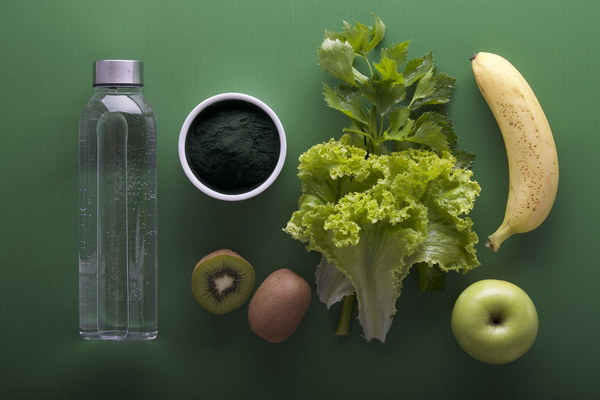
Clean your hands thoroughly with soap and water to prevent the spread of bacteria or germs.
Step 4: Scalp Massage
1. Begin by gently massaging the scalp with your fingers or a scalp massage brush. Use circular motions, starting at the front of the head and moving towards the back. Spend about 2-3 minutes on each section.
2. Focus on areas of tension, such as the temples, the back of the head, and the base of the skull. Use firm pressure and slow, rhythmic movements to release muscle tightness.
3. Once you've massaged the entire scalp, you can use the Gua Sha tool to enhance the effects. Hold the tool at a 45-degree angle and scrape it across the scalp in long, smooth strokes. Start at the front of the head and work your way towards the back. Repeat this process for about 2-3 minutes.
Step 5: Gua Sha for the Face
After completing the scalp massage, you can move on to the face. Begin by scraping the Gua Sha tool along the jawline, working upwards towards the ears. Then, move to the forehead, using gentle, upward strokes. Repeat this process for about 2-3 minutes.
Step 6: Gua Sha for the Back and Shoulders
To complete the head therapy session, use the Gua Sha tool to scrape the back and shoulders. Start at the base of the neck and move upwards towards the shoulders. Use long, smooth strokes and focus on any areas of tension or discomfort. Spend about 2-3 minutes on each area.
Step 7: Relax and Breathe
After completing the head therapy and Gua Sha session, take a few moments to relax and breathe deeply. This will help your body absorb the benefits of the treatment and reduce stress.
Conclusion
By following this comprehensive guide to head therapy and Gua Sha techniques, you can enjoy the many health benefits of these ancient practices. Remember to be patient and consistent, as the full effects of these treatments may take time to manifest. With regular practice, you'll likely notice an improvement in your overall well-being, including better sleep, reduced stress, and potentially even hair growth.
